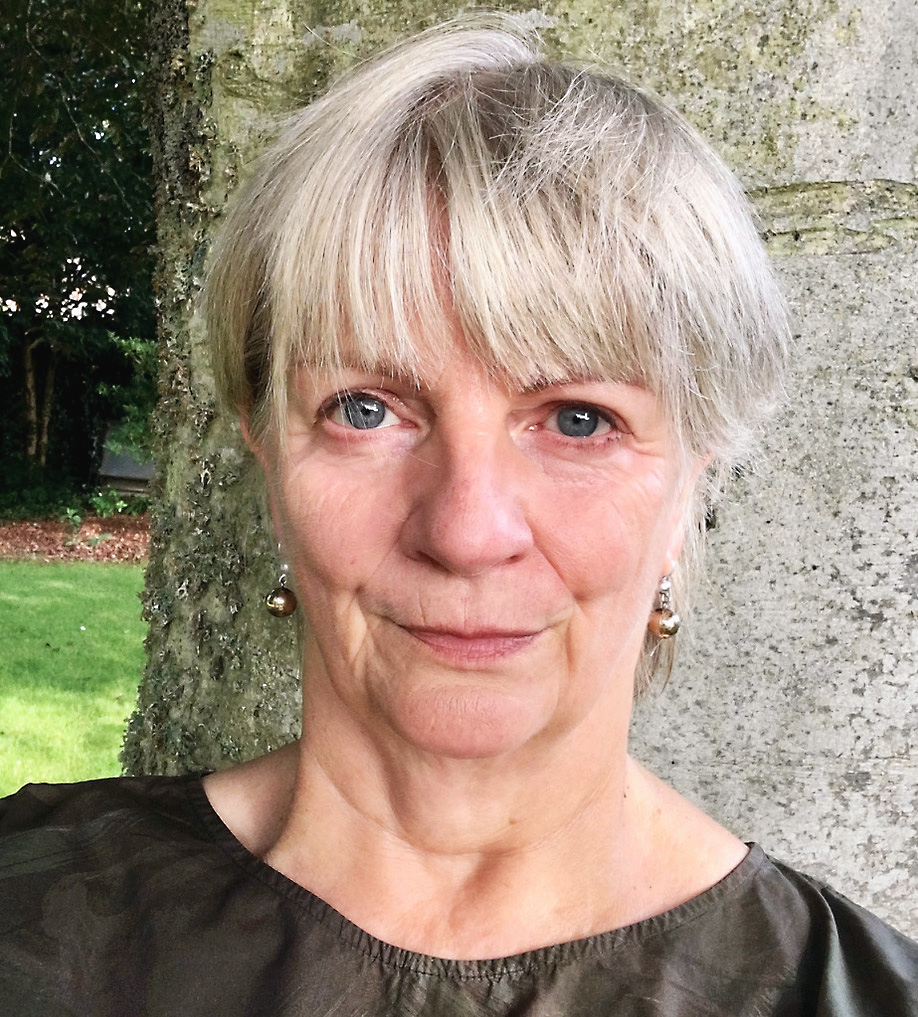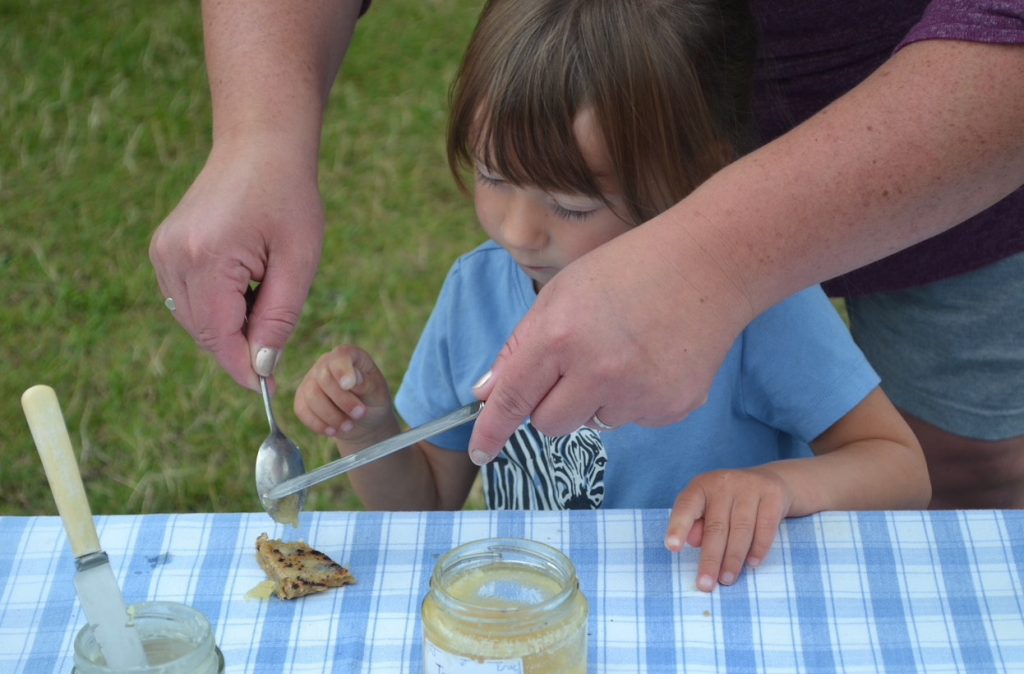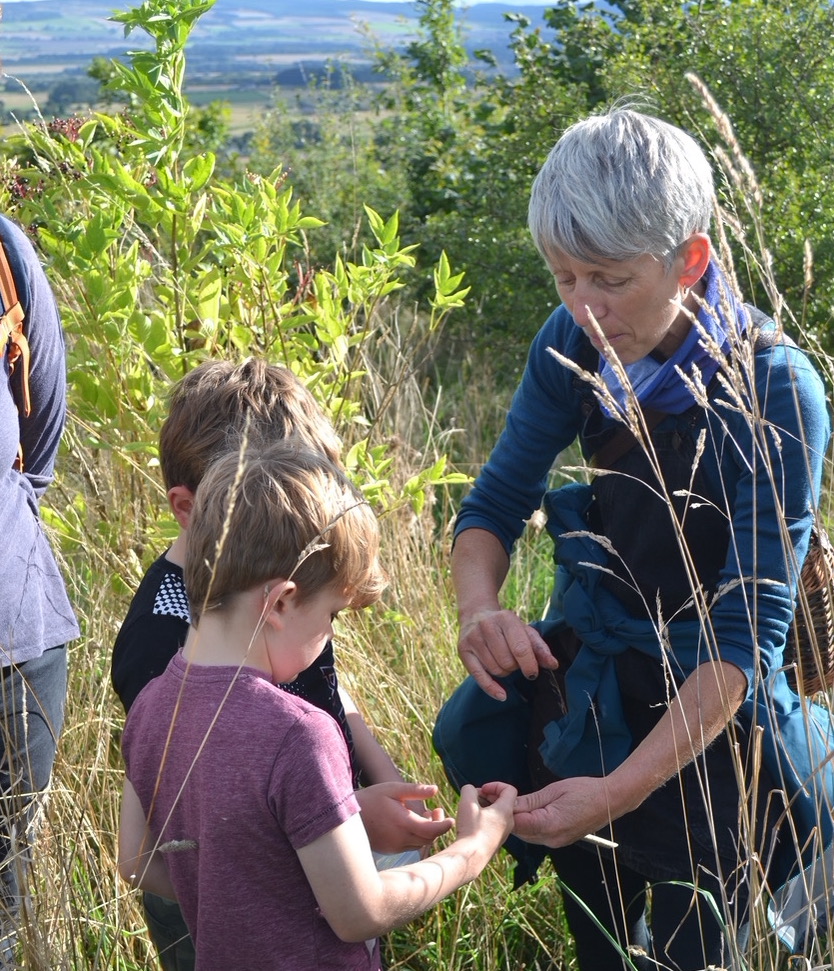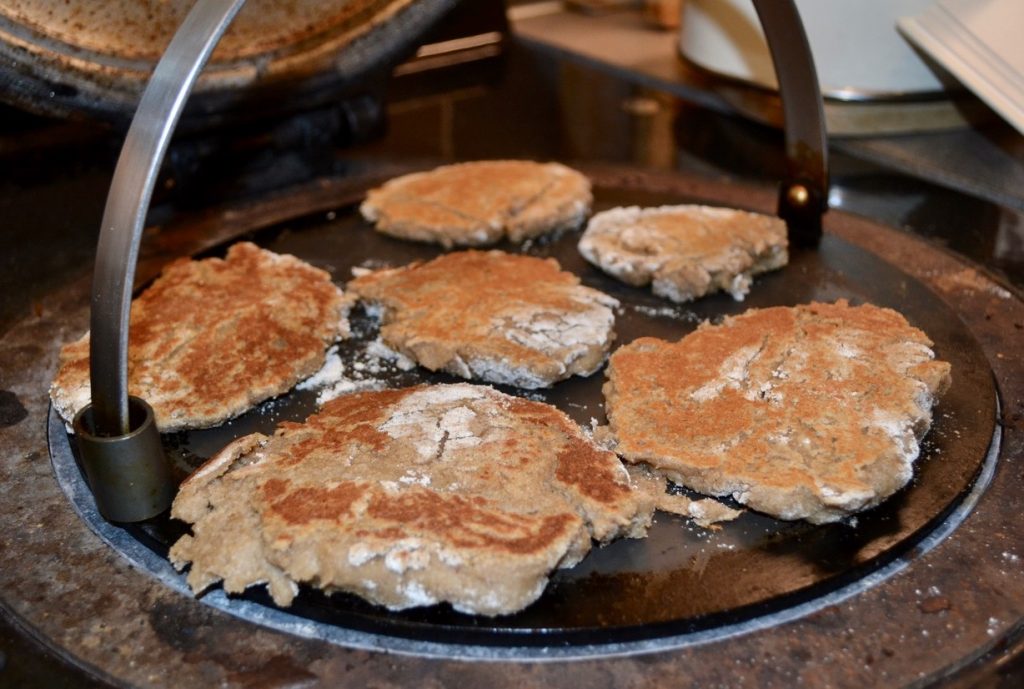Our cultural landscape. Cateran Ecomuseum’s Clare Cooper on their INHERITage sessions.
This month we’re shining a spotlight on the cultural landscape of the Cairngorms National Park. Here, Clare Cooper who is co-founder and co-director of the Cateran Ecomuseum, shares some of the work they have undertaken as part of their INHERITage sessions – a series of activities to promote and protect heritage and culture, with a focus on having a positive impact on the environment now and in the future.
By Clare Cooper, co-founder and co-director of the Cateran Ecomuseum
A Museum Without Walls
The Cateran Ecomuseum is a museum without walls, all its sites are outside. Situated on the 500-million-year-old Highland Boundary Fault – the great geological feature that divides the Scottish Highlands from the Lowlands – the area’s human history stretches back through millennia with sites identified from Neolithic times.
Inspired by the natural and cultural heritage of the Ecomuseum, we’ve designed a three-year programme aimed at helping our communities and our visitors take rapid climate action and transition to more regenerative ways of living. In a nutshell, we’ll show how the story of our past can help guide the story of our future.
One major strand of our ‘museum of rapid transition’ work in 2021 was to design a set of activities that aimed to mobilise different aspects of our heritage to encourage people to take everyday climate action.
INHERITage Sessions
Co-designed with willow weave and climate literacy expert Jane Wilkinson, and focusing on food, energy, travel and clothing, we called the activities our INHERITage sessions. We ran 14 of them over the course of the summer and early autumn. Some of the sessions were:
- Bring Back the Bannoch took this ancient Scottish food and told its story in such a way as to emphasise the importance of sourcing local, sustainable food. After the sessions, nearly 56% of participants who responded said that as a result of taking part in the session they would buy more locally grown food. Just over 33% said they would make their own bannocks and just over 11% said they would find out more about their food heritage.
- Not A Patch on the Plaid – focused on this iconic item of Scottish clothing and used the history of how it was worn and made to last to critique our ‘Fast Fashion’ economy. 50% of participants who chose to offer feedback afterwards said they would mend more of their own clothes and 50% said they would – forthwith – wear the Plaid!
- The Curragh or the Car? – juxtaposed one of the common ways people moved through the landscape in past times – the curragh or coracle, with the most popular way we move around the landscape now, the car, in order to promote discussion about the carbon footprint of our modern travelling habits. In answer to our feedback question ‘What new knowledge did you gain?’ a few of the many comments from participants included:
‘How the coracles were used and some amazing journeys that were done’.
‘Gosh! Where do we start?! From the history of the coracle and how far it enabled people to travel, to its use in Wales today and also in Scotland’. ‘The teaching of its construction and square lashing was fascinating!’
‘Learning how to paddle is definitely a tricky thing to master but again so enjoyable.’
‘Had not appreciated what distances coracles could travel, also how damaging car travel is for the planet.’
- Hearth is where the Home is – tracked the nature of the ‘hearth’ throughout human history shows how disconnected we have become from how we heat our homes. Participants fed back that the session would definitely make them think more about how to reduce their carbon footprint overall.
- By Leaves, We Live – re-introduced people to how wild food was harvested in the past. Asked afterwards whether participating in the session would influence what and how you eat in the future? Nearly 67% said ‘Very Likely’ and 33% said ‘Likely’.
This first run of our INHERITage sessions was made possible by funding from the Gannochy Trust and is part of the Cateran Ecomuseum’s 2021 Museum of Rapid Transition Programme in partnership with Alyth Development Trust. We’re aiming to create regular opportunities for these sessions to run again and more widely across the Ecomuseum in the future.
A New Interactive Orientation Base For The Ecomuseum
From May this year, Alyth Museum will act as an orientation base for the Ecomuseum. Open Thursday to Sunday from May until September each year, the exhibition spaces will showcase the people, places and landscapes of the Ecomuseum and its climate heritage work, much of which is in the Cairngorms National Park.
We are delighted to have the opportunity to work with Culture Perth & Kinross to develop Alyth Museum into an interactive orientation base for the Ecomuseum, especially given our focus on mobilising heritage for climate action. Not only will this provide a valuable service to both local people and visitors interested in experiencing the 1,000 square kilometres of natural and cultural heritage that our ‘Museum Without Walls’ promotes. It will also be a transformative project for the Alyth Museum, raising its profile and enabling it to promote the key role that heritage has in the climate and biodiversity crises we face.





